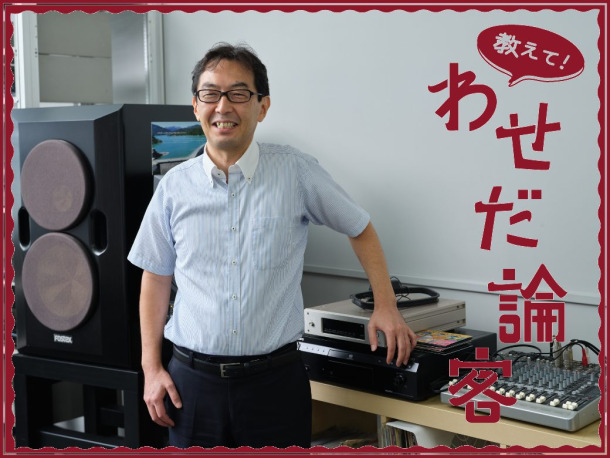
The theme of the 2025 edition of "Lectures by Experts" is "Communication." We'll be looking at communication from the perspectives of several experts. Our fifth guest is Professor Yasuhiro Oikawa (Faculty of Science and Engineering), who specializes in acoustic engineering. Professor Oikawa, who understands sound as a physical phenomenon and is engaged in research to support auditory communication, talked about "comfortable sound communication."
What does communication mean to a sound expert?
Because sound is a type of vibration, I think of it as an exchange of vibrations between the emitter and the receiver. The same sound is perceived differently by different people. I think the important thing in communication is to understand these differences and respect how others perceive it.
INDEX
▼Understanding sound as a "field" in the entire space, not as a "point"
▼Everyone seems the same, but they hear different sounds
▼ Observe society as if listening carefully to sound
Understanding sound as a "field" in the entire space, not as a "point"
Professor Oikawa, what are your areas of research, "acoustic engineering" and "acoustic signal processing"?
"Acoustic engineering" is an academic field that understands the properties of sound and applies them to benefit people and society from an engineering perspective. I am always conscious of two approaches: one is to treat sound as a physical phenomenon, and the other is to understand it as a perceptual phenomenon sensed by the human listener. The combination of these two is also referred to as "acoustics," and the field of recognizing and understanding sound is also a category of psychology, so it can be said to be a broad field of research.
For example, a microphone is a tool that converts sound into an electrical signal, which is then sent to a speaker via a cable or electronic circuit. The technology that processes this electrical signal using a computer is called "acoustic signal processing." This technology is used in noise-canceling features in earphones and voice recognition in smartphones.
However, the sound picked up by a microphone is merely "point" information at the location of the microphone. In reality, sound spreads throughout space as it travels. From a physical perspective, sound is the transmission of air vibrations, so we are studying how sound waves are distributed and change over space and time. This spatial spread of sound is called a "sound field," just like magnetic field and electric field, and we are conducting research to observe and analyze the essential phenomena of sound.
*A phenomenon in which vibrations at a certain point in space are transmitted to the surrounding areas one after another.

Could you please give us some specific examples of your research?
About 10 years ago, when I was a visiting Professor at the Technical University of Denmark, I developed an audio device that uses bone conduction in the teeth. Bone conduction is a method of transmitting sound through bone vibrations without going through the eardrum. Some people with hearing impairments have normal nerve cells that receive sound, but sound cannot reach them due to damage to the eardrum or middle ear. I wanted to deliver sound to these people through a different route, so I devised a new device.
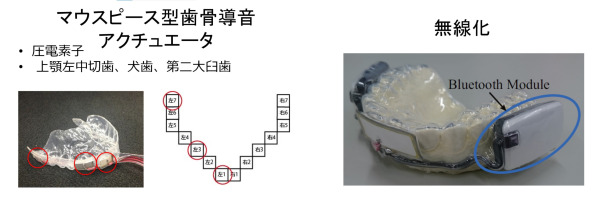
A mouthpiece-type tooth-bone conduction device. The device on the left uses an electrical signal to vibrate a piezoelectric element, which transmits the vibration to the auditory nerve via bone conduction. The device on the right is designed to be wireless using Bluetooth.
In recent years, we have also been focusing on the development of "optical sound visualization technology." This is a technology that uses laser light and high-speed cameras to "visualize" sound waves from minute fluctuations in the air. Using this method, we can observe how sound spreads from speakers or musical instruments and how they interfere with each other. In other words, we can record the propagation of sound as a video.
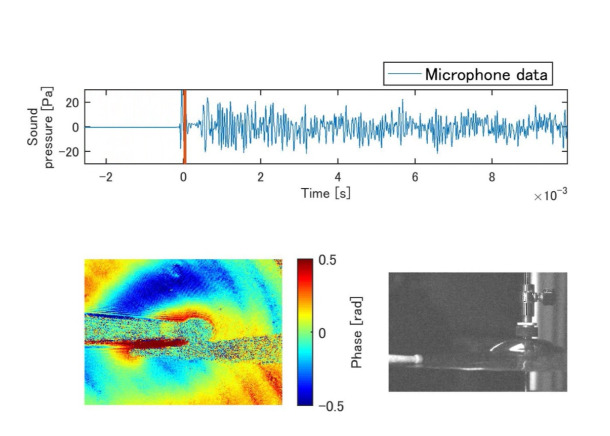
The spread of sound when hitting a cymbal. You can observe how sound is generated and propagated when the stick strikes the plate. *Click to play the video
We are also researching the application of this visualization technology to the acoustic design of concert halls. If we could see how sound moves in an actual space, rather than just simulating it using a model, the accuracy of the design would increase dramatically.
Everyone seems the same, but they hear different sounds
Is there basic knowledge that is a prerequisite for "comfortable sound communication"?
When designing a system for "comfortable sound communication," it is important to explore the physics of "how sound is heard and transmitted." To do this, it is necessary to understand three areas: "sound generation," "spatial propagation," and "perception by the ear."
First, there is the "generation of sound." There are infinite variations in how sounds are produced, from human voices and musical instruments to the sounds of machines operating, so "producing sound" is the starting point for sound communication.
Next is "spatial propagation." Sound travels through the air. It reflects off walls and ceilings, interferes with other sounds, and is attenuated. Understanding this "journey through the air" is the core of acoustic engineering. Using the aforementioned "sound visualization technology using light," it is possible to observe in real time how sound propagates through space. This opens up new possibilities for flexible design of sound communication.
Finally, there is the most human domain: "perception through the ears." Even when hearing the same sound, different people experience it differently. Just like taste and sight, there are individual differences in hearing. I always explain to my students that "everyone may seem the same, but they hear different sounds." This is why "pleasant sounds" and "sounds that are transmitted" are not uniform.
By combining these three areas, we will pursue "comfortable sound communication."

What research have you been focusing on in recent years?
We are also focusing on research that combines sound with "AR (Augmented Reality)" and "MR (Mixed Reality)." By using AR technology to overlay the distribution of sound onto real space, we can see in 3D where and what kind of sound is coming from. For example, we can identify where and how sound waves, which are considered noise, such as the sound of a car engine, are transmitted within the car body, which can be used for design, and in the field of architecture, it can be used to recreate "quiet and comfortable spaces" as data.
Photo on the left: 3D representation of the sound coming from the engine compartment of an idling car
Photo on the right: A 3D visualization of how sound waves generated from the speaker on the left are affected by the partition and propagated through the space.
We are also developing a system that combines 256 speakers to create the sound field itself. This creates a "virtual sound space" where you can be enveloped in sound. By designing this kind of "listening with the body" experience, we may be able to recreate the so-called "presence" of things in a virtual space.
The "Sound Field Creation System" is a combination of 256 speakers installed in Honjo Campus Environmental Information Laboratory Building. It is possible to drive 256 speakers independently, and by using high-speed 1-bit signal processing, it has been realized as a simple system.
Observe society as if listening carefully to sound
What does Professor Oikawa think "communication" means?
I think it's an "exchange of vibrations." Communication exists in the boundary area where the one emitting the vibrations and the one receiving it physically exchange information. I believe that understanding this space in more detail physically will lead to improving the quality of communication.
Also, as I mentioned earlier, I would like people to understand the premise that "everyone hears sounds differently." It is natural for humans to hear the same sound differently depending on age, environment, and sensitivity. The important thing is to understand those "differences" and respect how others perceive things. This is not limited to sound, but in communication in general, we do not necessarily perceive things in the same way as the other person. That is why I think it is important to communicate with an awareness of "how it is conveyed" and "how it resonates."
Finally, please give a message to Waseda students.
They say we live in an "unpredictable age," but is that really true? If you keep your antenna up, you can always sense signs of the future. The same is true with sound. Small fluctuations can herald big changes. That's why I want people to value sharpening their senses rather than increasing "quantity." "Precision" over "expansion." I want people to carefully observe the movements of society and people, just as they listen carefully to sound.
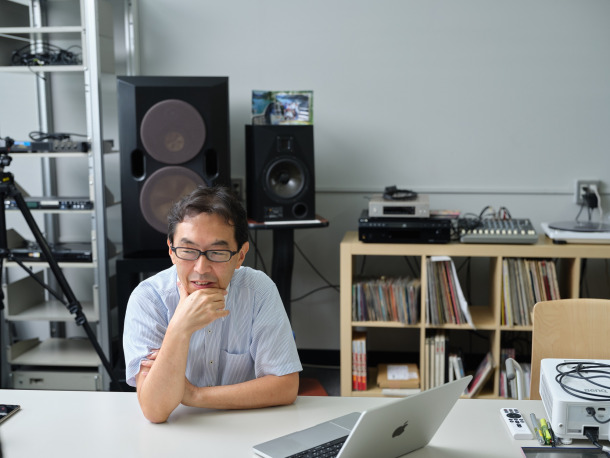
Yasuhiro Oikawa
Faculty of Science and Engineering Department of Expressive Engineering. Professor. Doctor of Engineering. B.S., Electrical Engineering, Waseda University School of Science and Engineering. After working as a visiting researcher at the Royal Institute of Technology in Sweden, he was appointed to his current position in 2007. He specializes in acoustic engineering, acoustic signal processing, communicative acoustics, and sound field measurement and control. Through research on sound visualization using optical methods, bone-conduction devices, and AR acoustic spaces, he is working on "understanding and creating communication through sound.
Interview and text: Kenichi Marumo
Photo: Seiji Ishigaki

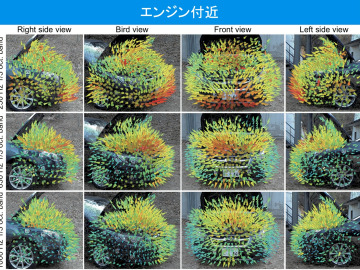
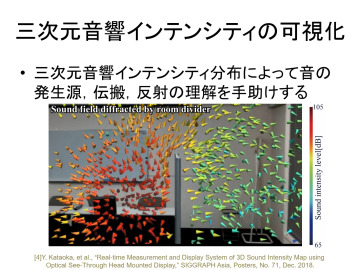
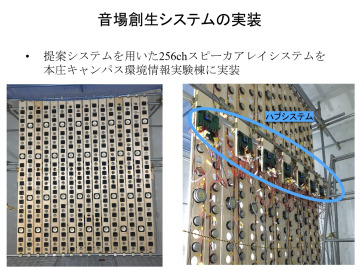
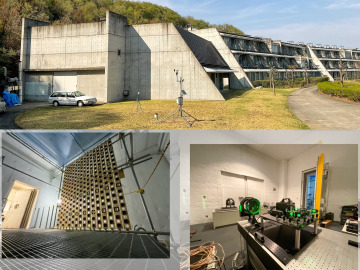
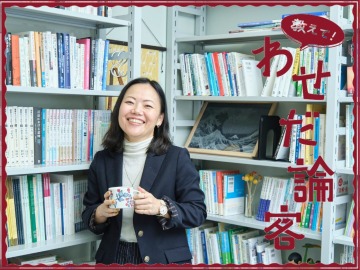

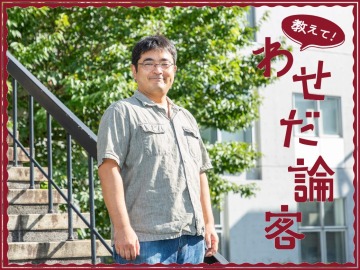

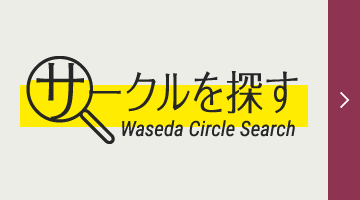
![[Save version] Map of the four main campuses](https://www.waseda.jp/inst/weekly/assets/uploads/2025/09/17cb2975123fc5103172ef60bd98608d-610x458.jpg)

